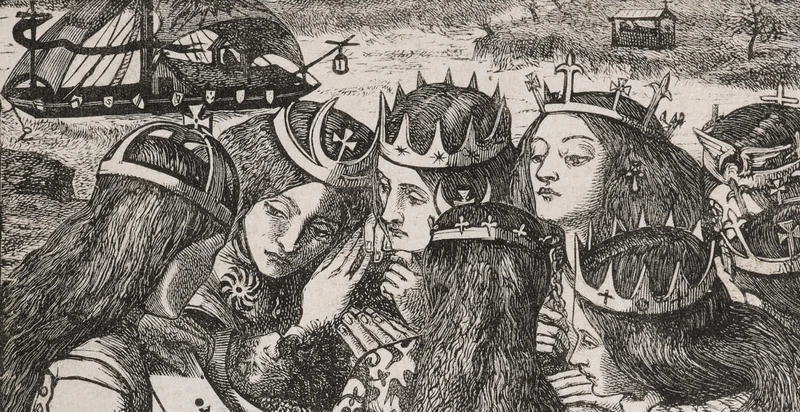The woodpecking factory: Victorian illustrations by the Brothers Dalziel
17 May-4 Sep 2022


From Pre-Raphaelite fantasies of Arthurian legends to Alice boldly adventuring in Wonderland, the Victorian visual imagination has left an enduring legacy.
But the craftspeople (affectionately known as 'woodpeckers') who engraved such illustrations after designs by John Tenniel and Dante Gabriel Rossetti, to illustrate iconic writings by Lewis Carroll, Christina Rossetti, Charles Dickens and others, are too frequently forgotten.
This intriguing new display highlights over 50 works engraved on wood by the Brothers Dalziel firm, illustrating literary and commercial work published throughout the Victorian period.
In 1913 the British Museum acquired the firm's entire company archive of 54,000 proof wood engravings, now catalogued as part of the Dalziel Project in partnership with the University of Sussex. It investigates the vast body of visual art produced by the Brothers Dalziel for everything from popular novels to commercial adverts, global exhibitions and journalism.
Wood engraving revolutionised the mass production of images in the Victorian era. Established in 1839, the Brothers Dalziel (one of whom was a sister – Margaret – a talented senior engraver) became the most successful wood-engraving company in Britain, employing dozens of engravers.
The Brothers Dalziel had enormous cultural power in Victorian Britain, shaping the way people visualised art, goods and ideas. Mostly the engravers made images after designs by draughtspeople, including major artists such as Frederic Leighton and John Everett Millais, and it's these artists who were widely credited and remembered. However, the process was collaborative and the skill of the 'peckers' was considerable.